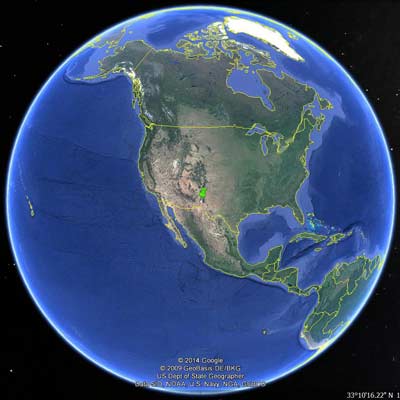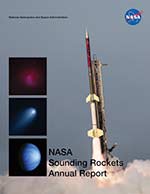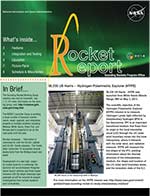
36.367 McEntaffer/Penn State Univ
the Rockets for Extended-Source X-ray Spectroscopy (tREXS)
- Mission
- Vehicle
- Launch
- Photos
The Rockets for Extended-Source X-ray Spectroscopy (tREXS) are a series of suborbital rocket payloads that fly a diffuse soft X-ray grating spectrometer. The first tREXS was launched in 2022. The spectrometer consists of passive, mechanical focusers, arrays of reflection gratings, and a focal plane consisting of CIS 113 CMOS detectors. The instrument, which has a field-of-view > 10 sq. deg., will seek to obtain the most highly-resolved spectra of diffuse soft X-ray emission from the Cygnus Loop supernova remnant. A future launch will study the Vela supernova remnant.
The Principal Investigator is Dr. McEntaffer/Penn State Univ.
PI website: https://www.mcentaffergroup.psu.edu/
The Black Brant 9 is a two stage sounding rocket with a Terrier first stage and Black Brant second stage. The Black Brant 9 can reach altitudes of about 600 km. Payloads weighing from 400 to 1200 pounds can be flown.

The tREXS missionwas launched from White Sands Missile Range, NM on September 25, 2022.
- Photos currently not available.


